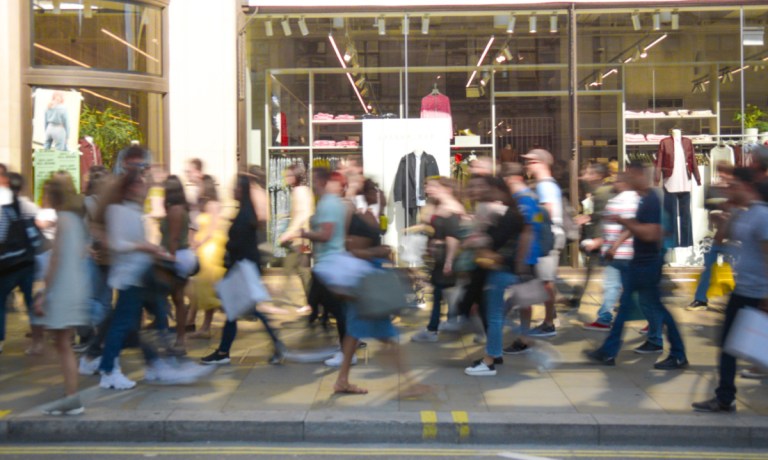By the Numbers
PYMNTS Intelligence’s report “How We Will Pay Report: How Connected Devices Enable Multitasking Among Digital-First Consumers” draws from a survey of more than 4,600 U.S. consumers to understand how they use their internet-connected devices on a day-to-day basis.
The results reveal that, among the more than 95% who use such devices, 35% would be interested in an experience wherein they walk into a store and pick up a product, then walk out without standing in a check outline to pay, with sensors detect what they have put in their cart, automatically charging them for those items using an app with the payment method. Plus, 6% reported that they already use this checkout method.

The Data in Context
Frictionless checkout is becoming more common across grocery stores and convenience stores, but many consumers are not quite ready to take the plunge. For now, it seems that, for grocers to reap the benefits of technology, they may also need to offer more traditional options to those who are more hesitant.
Amazon, for its part, has been adding more traditional self-checkout kiosks to stores that previously relied solely on Just Walk Out.
In a LinkedIn post last month, Charlie Mills, head of in-store and local marketing at the tech giant’s Amazon Fresh grocery chain, announced that at a Fresh location in London, the company has implemented traditional self-checkout kiosks in addition to its existing frictionless checkout system.
Advertisement: Scroll to Continue
The news came months after Bloomberg reported that Amazon is adding self-checkout kiosks to several Fresh stores in the United States, and more than half a year after the company began adding manned checkouts alongside its Just Walk Out technology in London.
In an interview with PYMNTS, Jordan Fisher, CEO of Standard AI, argued that changing shopper behavior requires a slow, gradual approach.
“I think hybrid is the way forward,” he said. “If you imagine 10 years ago, when self-checkout was really starting to be deployed, if [retailers] had just said, ‘OK, it’s self-checkout everywhere — 100% has to be through self-checkout,’ it would have been a disaster. [You] need that hybrid, and we’re seeing the same thing with autonomous [checkout].”





